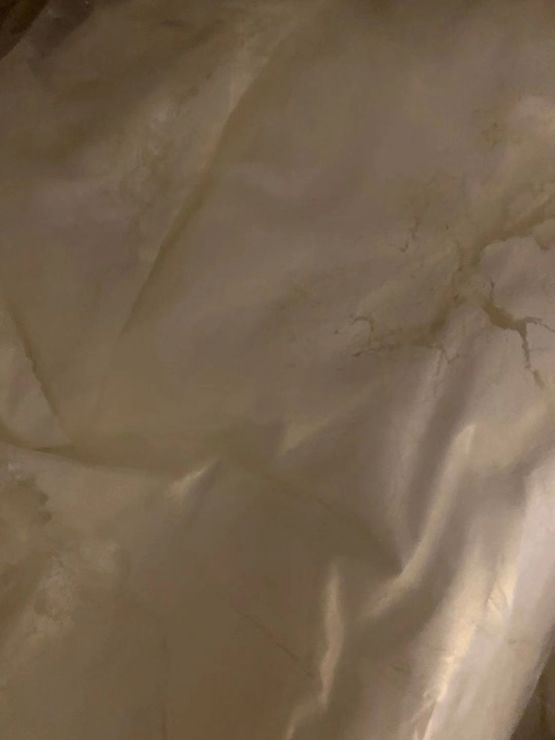Silicon dioxide is an inorganic substance with the chemical formula of SiO ν. Silicon atoms and oxygen atoms are arranged in long-range order to form crystalline silicon dioxide, and short-range order or long-range disorder to form amorphous silicon dioxide. In silicon dioxide crystal, silicon atom is located at the center of the regular tetrahedron, and four oxygen atoms are located at the four top corners of the regular tetrahedron. Many such tetrahedrons are connected through the oxygen atoms at the top corners. Each oxygen atom is shared by two tetrahedrons, that is, each oxygen atom is combined with two silicon protons. The simplest formula of silica is SiO2, but SiO2 does not represent a simple molecule (only the ratio of the number of atoms of silicon and oxygen in silica crystal). Pure natural silica crystal is a hard, brittle, insoluble, colorless and transparent solid, which is commonly used in the manufacture of optical instruments [1].
physical property
Crystalline silica
Density: 2.2 g / cm3
Melting point: 1723℃
Boiling point: 2230℃
Refractive index: 1.6
Change during heating: it melts with strong alkali during heating to form silicate
Solubility: insoluble in water, can react with HF to form gaseous SiF4
chemical property
The chemical properties are relatively stable. It doesn't react with water. It is an acidic oxide and does not react with general acids. Hydrofluoric acid reacts with silica to form gaseous silicon tetrafluoride. React with hot concentrated alkali solution or molten alkali to form silicate and water. It reacts with a variety of metal oxides at high temperature to form silicate. Silica is inactive in nature. It does not interact with halogen, hydrogen halide, sulfuric acid, nitric acid and perchloric acid other than fluorine and hydrogen fluoride (except hot concentrated phosphoric acid). [2]
Common concentrated phosphoric acid (or pyrophosphoric acid) can corrode silica and generate heteropoly acid at high temperature. Molten borate or boric anhydride can also corrode silica at high temperature. In view of this property, borate can be used as flux in ceramic firing. In addition, hydrogen fluoride can also dissolve the acid of silica to generate water-soluble fluorosilicic acid.



